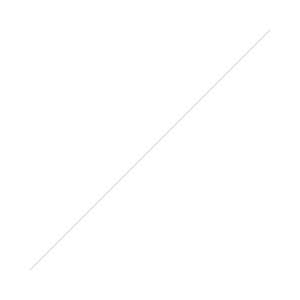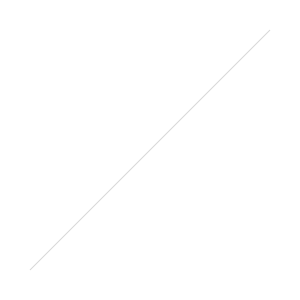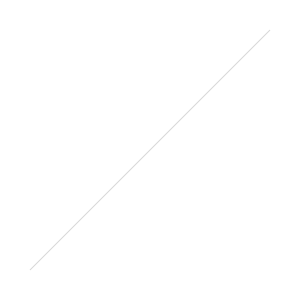A couple horses of my own.
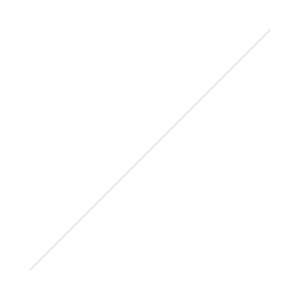
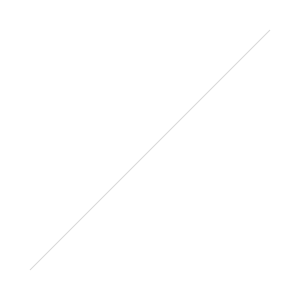 After a wide ranging conversation with my friend, the painter David Oleski, I decided that I would put together a post on my monotype process. Sometime in the next couple weeks.
After a wide ranging conversation with my friend, the painter David Oleski, I decided that I would put together a post on my monotype process. Sometime in the next couple weeks.
Two monotypes from a variable edition completed this week. Image size 6 x 6 inches.
Stone Lithography
 White Pine, 20 x 15 inches, is a straight forward drawing done with lithographic crayon on a limestone block, with some scraping back into the surface. It depicts a massive white pine along the Northville Placid Trail in the Adirondacks, and was printed in an edition of 125.
White Pine, 20 x 15 inches, is a straight forward drawing done with lithographic crayon on a limestone block, with some scraping back into the surface. It depicts a massive white pine along the Northville Placid Trail in the Adirondacks, and was printed in an edition of 125.
Printmaking is the process of producing your image in one medium - stone lithography, metal plate etching, or woodcut, and others- and inking it up and printing the image onto another surface, most often paper. My friend Tom MacPherson, who teaches printmaking at SUNY Geneseo, refers to it as art for the working man. As there are multiple copies of the image, each an original inked and pulled by the artist, they have traditionally been a more affordable medium than paintings.
In this era of electronic reproduction, laser and inkjet printing technology, traditional printmaking is a labor of love, requiring the respect of process, labor and technical knowledge. And I do love printmaking - stone lithography, etching, monotypes. I nearly gave up on it a few years ago, exhausted by the constant explanation of the processes, and why they didn’t look like my paintings, hopefully a cheaper version. Then I went to see an exhibit of Robert Marx’s etchings. I was blown away. And completely re-inspired. If at some point in the future, I have created a body of printmaking work with the power of his etchings, I think that is reason enough to continue on the path.
Stone lithography is one of the earliest forms of commercial reproduction. Apparently some years ago - like hundreds - a Frenchman was cleaning up some ink outside on a limestone walk, and noticed the old adage, oil and water don’t mix. Anyplace the stone was wet, the ink was repelled, and anyplace the the ink had touched dry stone, ink would absorb, but water was repelled. After a few generations the technique got pretty sophisticated, and up until the recent developments with laser and ink jet printing, the vast majority of commercial printing was done this way, first on limestone, and more recently metal and polymer plates.
I have to confess, the above is about the limit of my knowledge of lithography. I have a secret weapon though - my friend, the aforementioned Tom MacPherson, who I address simply as MacPherson, in my lame Scottish accent. I’ve got a question, or more likely a problem I blunder into, Tom has, or figures out, the answer.
I was writing out a lovely explanation of the whole process, and Googled levigator, and found out, hey - I love the internet. Occasionally. Anyway, here is a really lovely explanation of the whole process, handsomely illustrated, and already done. I reinvent the wheel often enough. I can still remember the joy at college graduation of the realization I would probably not have to write another research paper.
Anyway, once you have spent a few hours grinding a big hunk of limestone, you're up, with two down, bottom of the ninth. (OK, don’t get nervous, I won’t be doing a whole litany of sports analogies. I like to play, not much patience for watching and statistics.) But, there you are, about 4 or 5 hours of serious labor in prepping the stone, and you have to relax, and draw as if you have a pile of those babies laying around. Don’t tighten up like some little wooden figure and make stiff, self conscious marks. Draw fluidly, the same way you have to swing at the plate. All the practice is behind you. Concentrate, and move with sureness and confidence.

I love to draw. But it is also my fall-back. When in doubt, I render. And making pictures is full of doubt. So I am constantly battling my own tendency to render, looking for ways to broaden my statements, rather than refine them. Paint with a bigger brush, draw with scraps of cardboard. Pond at Dusk, 9 x 13 1/4 inches, was drawn in etching ink applied to the stone with various cardboard “pens” cut from mat board. The image was under and overprinted with seven silk screened colors. It depicts my most often poached fishing location from years ago. Poaching. Trespassing. A whole other subject.
The biggest problem I have with lithography is the concentration of time, labor and equipment required. It is nearly impossible to fit it in between my painting, traveling and other activities. Generally I need several days says set aside, to figure out the image, grind the stone, draw and etch the image, and then mixing ink and printing. And then the clean-up seems endless. So, though I do enjoy lithography, I have been more absorbed with monotypes lately, as I can fit in a few hours here, half a day there. And it relates more directly to my painting.
All you ever draw are horses!
Green Bull, Monotype, 6 x 6 inches
Bull.
Hooooooooooie. I slay myself! Oh, man.....wish I had that idea in time for April Fools day!
See what happens when you spend your days alone with a couple of dogs. Dogs without senses of humor. Or maybe they have highly developed senses of humor, and they don't appreciate mine. Or my lack of. Imagine poor Darby, coming home to a company starved husband. Who thinks he's funny.

Red and Orange, monotype, 6 x 8 inches
I should probably stick with making pictures. So, monotypes. The painterly arm of printmaking. With most types of printmaking the goal is to do an edition of prints that look nearly identical. The only variation between individual prints is that caused by the hand of the artist in inking and wiping the plate. The image itself is either in or on the plate, stone or board. I'll post a couple of stone lithographs next time.
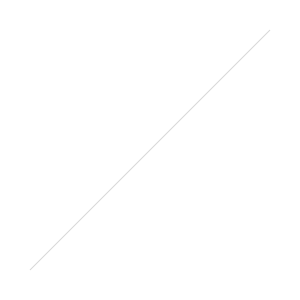 White Bull, Monotype, 6 x 8 inches
White Bull, Monotype, 6 x 8 inches
Monotypes are different. A monotype is done on a blank plate. The image is created with ink - rolled, brushed, mushed, smudged- applied to the plate in any way that seems appropriate at the moment. A damp sheet of paper - I like Rives BFK- is put over the plate on the bed of the press, and then it is cranked through the etching press. When the print is pulled from the plate, you can say, Cool, just what I was thinking, or Mmmmmmm, not quite there yet. If the former, it becomes the first in a variable edition. If it's the latter, you apply some more ink to modify the first image, lay the print down face up on the press bed, and carefully drop the plate back down into the embossment, (Darby and I are actually arguing about whether that's a word), and run it through again. And this can continue, inking, reprinting, until you are happy. And then you use the ink residue to start the back and forth conversation with the next print. No two the same. Maybe similar, but not the same.
Rusting Bull, Monotype, 6 x 8 inches
A visual, evolving conversation. Kinda like the way I paint.
One Horse, Two Horse
Stumbling along, whining.
No one ever misses the chance to tell you you can’t make a living as an artist. OK, so I ignored that. But the thing nobody tells you is how damn hard it is to keep pushing your work, to make sure you don’t just keep circling the same end of the pool, let your ideas go stagnant. There is value in working in a series, to explore the same or similar subjects, to follow a path til it runs out, or you find its end.
And then once in a while you wander off the path. And that’s the hard part. Sometimes really hard. I’ve been trying to figure out where things are going. I get a glimpse, and then I lose sight of it. All the time I spent driving the past few weeks, I was thinking about it. By the time I got home, I was good and frustrated. I may even have been feeling sorry for myself.
So, we plow through Easter weekend, lots of family stuff. Darb sneaks in a visit to the barn, and sees the first foal of the year. Wait til you see him, he’s so cute, she says.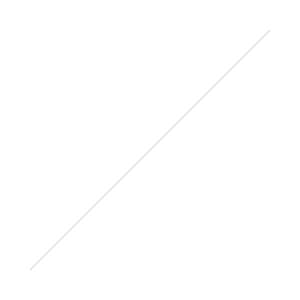
She thinks they're all cute. Like puppies.
So I’m at the studio on Monday, head over to see him. And damn, he is so cute. And his legs are encased in pvc pipe and duct tape. ??? Turns out he came out of the oven a little early. Ten days or so. His cartilage hadn’t hardened. His ears were floppy, and his joints were flimsy. He had to have his legs wrapped to keep them in position, waiting for the cooking to finish. He couldn’t get up or down. He had to be stood up every hour to nurse from his mom. 24 hours a day. Kim or Rene or Bridgette or a few other volunteers had to be there all the time. For ten days. It all started on St. Patrick’s day, so he’s Dublin. He’s doing very well. Splints only on the front legs now. Prognosis is very good.
And I was feeling sorry for myself because I am having trouble with my thinking/conceptualizing/painting? Not so bad, really, by comparison and all. A little wake-up call is good on occasion. I wasn't even around to take an overnight shift.
I am my father’s son. Well, I hope I am anyway- he’s a really good man. But the point here is that I’m a worker, like him. Maybe too much so, on occasion. So if I can’t figure out where I’m at with some of the paintings ideas, but I want/need to work, maybe a change in media.
Printmaking is the production of an image on one surface, then printing it on another - in this case paper. I have used monotypes as a vehicle to explore and push my work before. So I decided to try it again.
I have had an idea for a series of animal images before, and this seems like a good time to get started.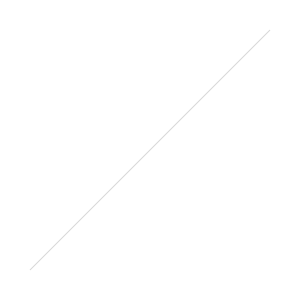
Monotypes. Image size 4 x 4 inches.

